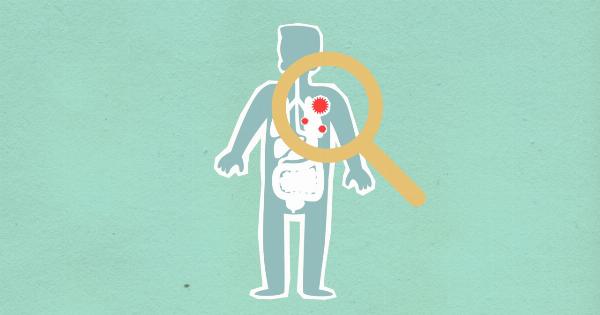As a parent, one of the most challenging tasks is getting your little one to sleep, and letting them cry it out can be an effective option for some parents.
However, there has been ongoing debate about whether it is harmful to let a child cry itself to sleep. Some experts argue that this practice can cause long-lasting emotional damage to a child, while others claim there are benefits to this method.
In this article, we’ll take a closer look at the pros and cons of letting a child cry it out and whether it is truly harmful or not.
The benefits of crying it out
Letting a child cry it out can be beneficial for both the baby and the parents. For one, babies who learn to soothe themselves tend to be better sleepers and have fewer sleep disruptions, resulting in more restful nights for the entire family.
Additionally, parents who use this method tend to report less stress and exhaustion from regular nighttime disruptions.
Furthermore, babies who learn to soothe themselves may also develop better emotional regulation, as they learn to manage their own distress without relying on external help.
By teaching self-soothing at a young age, children gain a skill that can be applied to other areas of their lives as they grow older.
The potential harm of crying it out
While there may be some benefits to letting a child cry it out, there is also potential harm associated with this method.
For one, it can be difficult to listen to your baby cry for an extended period of time, causing emotional distress for both the child and the parent. Some parents struggle with feelings of guilt and anxiety when using this technique, which can have a negative impact on their overall mental health.
Another potential harm of crying it out is the effect it can have on attachment between the child and parent.
Some research suggests that prolonged distress during infancy can lead to insecure attachment patterns later in life, resulting in difficulty forming healthy relationships with others. This is especially true if the cry it out method is used excessively or without proper guidance from healthcare professionals.
When is it appropriate to let a child cry it out?
While letting a child cry it out can be an effective method for some families, it is not appropriate for all situations.
For example, it may not be suitable for families with children who have underlying medical conditions or developmental delays that may impact their ability to self-soothe. Additionally, it may not be appropriate for parents who have difficulty coping with the emotional toll of hearing their baby cry.
It is important to remember that every child is unique, and what works for one family may not work for another.
If you are considering letting your child cry it out, it is important to discuss your options with your healthcare provider to determine if it is a safe and appropriate choice for your family.
Tips for letting a child cry it out safely
If you do decide to let your child cry it out, there are some tips you can follow to ensure you are doing so safely. First, it is important to establish a consistent routine and stick to it as much as possible.
This can help your child learn what to expect and may make the transition to self-soothing easier.
Additionally, you may want to consider using a gradual approach, starting with shorter periods of crying and gradually increasing the time as your child becomes more comfortable.
This can help minimize distress and make crying it out less overwhelming for both you and your child.
The bottom line
In conclusion, letting a child cry it out can be a controversial topic, with arguments for and against this method.
While it may have some benefits, it is important to consider the potential harm it can cause and whether or not it is appropriate for your family. If you do choose to use this method, be sure to follow safe practices and consult with your healthcare provider for guidance.




























